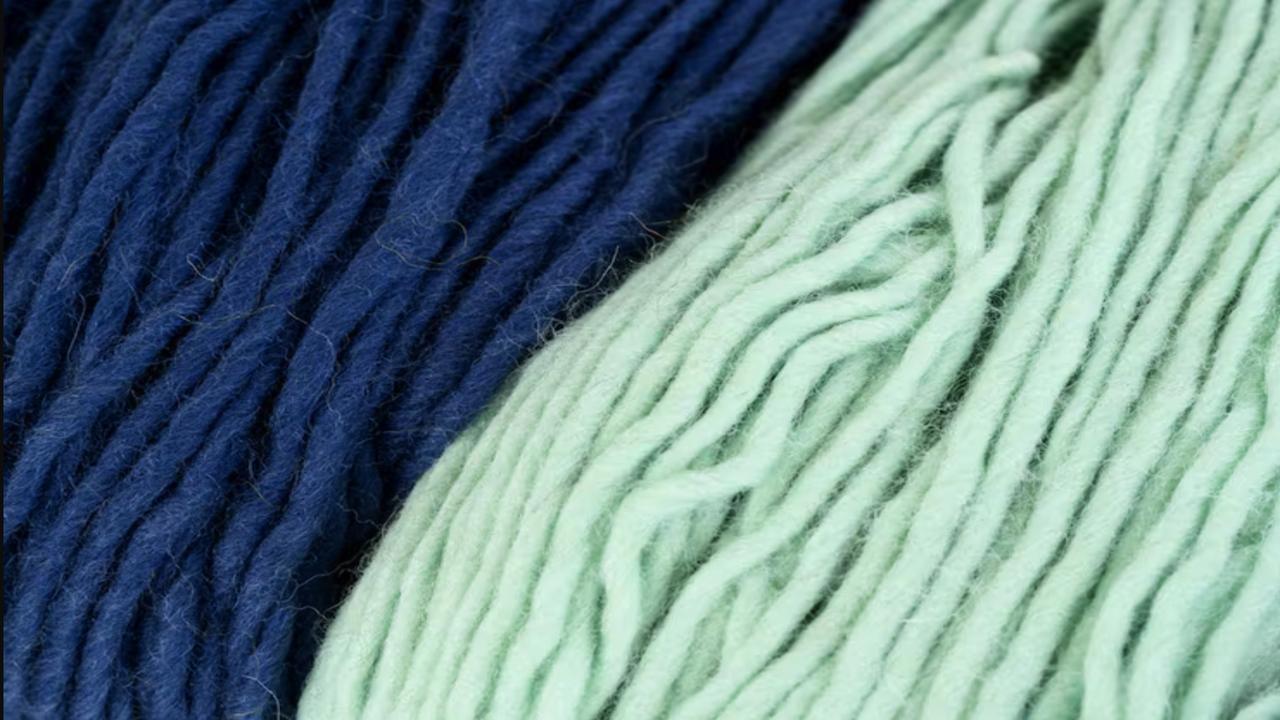 Microfiber pollution might need a new name — a notion that challenges the very core of our understanding of textile waste. As the industry grapples with the complexities of fiber fragmentation, the call for clarity and precision grows louder. With the revelation that all textiles, not just synthetics, shed microfibers, the urgency to address this pervasive issue intensifies. The Microfibre Consortium and key industry players are delving into the depths of fabric behavior to unravel the mysteries of shedding and its environmental impact. Join us as we explore the evolving narrative of microfiber pollution and the collective efforts shaping a sustainable future in the textile industry.
Microfiber pollution might need a new name — a notion that challenges the very core of our understanding of textile waste. As the industry grapples with the complexities of fiber fragmentation, the call for clarity and precision grows louder. With the revelation that all textiles, not just synthetics, shed microfibers, the urgency to address this pervasive issue intensifies. The Microfibre Consortium and key industry players are delving into the depths of fabric behavior to unravel the mysteries of shedding and its environmental impact. Join us as we explore the evolving narrative of microfiber pollution and the collective efforts shaping a sustainable future in the textile industry.
Fiber Fragmentation: Unveiling the Hidden Impact
The revelation that all textiles, not just synthetics, contribute to microfiber pollution has sparked a paradigm shift in the textile industry. The Microfibre Consortium and industry leaders are spearheading efforts to decode the complexities of fiber shedding and its environmental repercussions. As research uncovers the diverse sources of microfibers, from polyester to natural fibers like cotton and wool, the urgency to address this pervasive issue intensifies. Understanding the nuances of fabric behavior, such as the impact of coatings, dyes, and finishes on shedding, is crucial for devising effective mitigation strategies. By delving into the depths of fabric behavior and shedding patterns, stakeholders are paving the way for a more sustainable future in textile production.
Collaborative Initiatives: A Catalyst for Change
Collaboration emerges as a cornerstone in the quest to combat microfiber pollution effectively. Adidas, Kering, and other industry giants are joining forces through initiatives like the partnership between The Microfibre Consortium and Fashion for Good. By pooling resources and expertise, these collaborations aim to enhance testing methods, identify root causes of fiber fragmentation, and establish best practices for mitigating environmental impacts. The collective nature of these endeavors underscores the recognition that addressing microfiber pollution requires a unified industry-wide approach. Through shared knowledge and coordinated action, companies can navigate the complexities of fiber shedding and drive meaningful change towards sustainable textile practices.
Regulatory Landscape: Navigating Uncertainty with Caution
As discussions around microfiber pollution gain traction, the role of regulation in shaping industry practices comes into focus. Adidas's experience highlights the challenges of addressing fiber shedding without standardized testing methods. While regulatory frameworks can provide much-needed guidance and alignment, the evolving nature of scientific understanding necessitates a cautious approach. Gudrun Messias emphasizes the importance of avoiding premature optimization based on incomplete information. As the industry grapples with limited data and varying practices, a balance must be struck between regulatory intervention and the need for comprehensive scientific insights. Navigating this regulatory uncertainty demands a nuanced understanding of the complexities surrounding fiber fragmentation and its implications for sustainable textile production.
Innovation and Action: Leveraging Technology for Solutions
In the pursuit of sustainable solutions, innovation plays a pivotal role in addressing the challenges posed by microfiber pollution. Companies like Kering are investing in advanced technologies, such as microfiber filters, to mitigate the release of shed fibers into the environment. By integrating filtration systems into production processes, organizations can proactively reduce their environmental footprint and enhance water stewardship practices. The adoption of innovative solutions underscores a proactive stance towards environmental responsibility, demonstrating a commitment to leveraging technology for tangible sustainability outcomes. As the industry embraces technological advancements, the potential for scalable solutions to combat microfiber pollution becomes increasingly promising.
Holistic Approach: Integrating Fiber Fragmentation into Sustainability Strategies
The multifaceted nature of microfiber pollution necessitates a holistic approach that integrates shedding concerns into broader sustainability strategies. The Microfibre Consortium's emphasis on cross-departmental collaboration highlights the interconnectedness of fiber shedding with various aspects of textile production. From water stewardship to circularity initiatives, addressing fiber fragmentation requires a comprehensive understanding of its implications across the value chain. By incorporating shedding considerations into sustainability frameworks, companies can align their environmental goals with operational practices, fostering a culture of accountability and innovation in the textile industry. Embracing a holistic approach to microfiber pollution not only drives environmental stewardship but also fosters a culture of continuous improvement and responsible resource management.
Conclusion
The evolving narrative of microfiber pollution in the textile industry underscores the imperative for collaborative action and innovation to drive sustainable change. As The Microfibre Consortium and key industry players unravel the complexities of fiber shedding, a unified industry-wide approach emerges as the catalyst for meaningful progress. From regulatory challenges to technological advancements, the quest to mitigate environmental impacts demands a holistic integration of shedding concerns into sustainability strategies. Embracing this interconnected approach not only fosters environmental stewardship but also propels the industry towards a future defined by accountability, innovation, and responsible resource management. As we navigate the uncertainties of regulatory landscapes and leverage cutting-edge technologies, the path to a more sustainable textile industry lies in our collective commitment to addressing the pervasive issue of microfiber pollution with clarity, precision, and unwavering dedication.